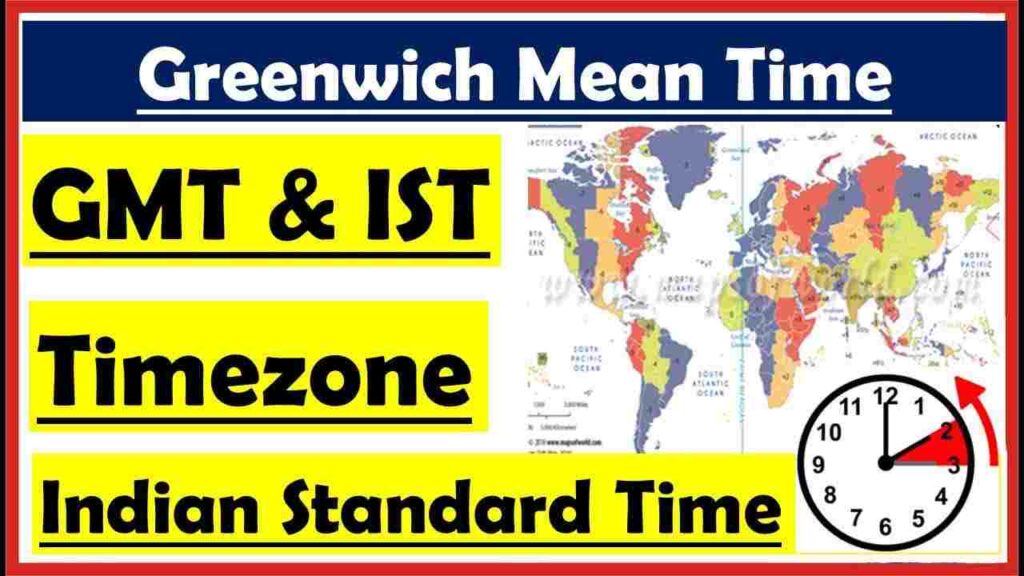
Explore 10 Key Difference between GMT and IST
So you’re curious about the difference between GMT and IST? GMT, which stands for Greenwich Mean Time, and IST, which stands for Indian Standard Time, are two time zones used in different parts of the world. Here are ten key differences between them:
10 Difference between GMT and IST
Location: The Prime Meridian, which passes through London’s Greenwich, serves as the geographic centre of GMT. IST, on the other hand, is centred on India and spans the entire nation.
Offset: GMT is the global time reference point used to compare all other time zones. Its Coordinated Universal Time (UTC) offset is 0 hours. IST, on the other hand, is ahead of GMT because of its offset from UTC, which is +5:30 hours.
Geographic Coverage: Europe, Africa, and Western Asia are the main regions where GMT is used. IST is only used in India, as you might have guessed.
Daylight Saving Time: Since GMT does not follow this practise, it is constant all year long. Since IST does not observe daylight saving time, India experiences consistent time all year long.
Standardisation: While IST is unique to India and not widely used outside of its borders, GMT is acknowledged as a standard time reference on a global scale.
Time conversion: You must add 5 hours and 30 minutes to convert from GMT to IST. For instance, 5:30 PM IST would be the time if it was 12:00 PM GMT.
International Communication: GMT is frequently used as a standard for international communication, particularly in the fields of aviation, shipping, and international trade. However, IST is primarily utilised for domestic communication within India.
Time difference: Because IST is ahead of GMT, you must account for the time difference when scheduling meetings or events if you’re in IST and communicating with someone in GMT.
Time Zone Abbreviations: Greenwich Mean Time (GMT) is also known as “Greenwich Mean Time” or “UTC+0.” However, IST is simply referred to as “Indian Standard Time” or “UTC+5:30.”
Cultural Significance: GMT is significant historically because it serves as the standard for world timekeeping. IST, on the other hand, plays a significant role in Indian culture and daily life by promoting uniformity across the vast and diverse nation.
So there you have it, ten key difference between GMT and IST explained in a way that won’t make your head spin. I hope this helps you understand these time zones a little better!
Also Read: Explore Key 15 Difference between Fresnel and Fraunhofer diffraction